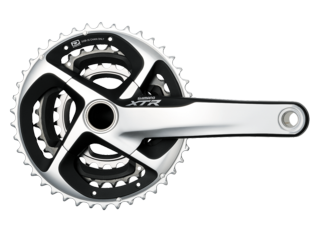
They all work together, too, so buyers can mix and match to create their perfect bike. A rider who frequents rough terrain but doesn’t do a lot of sustained descents might opt for a Race setup but with XTR Trail wheels. A 180lb racer might choose to put bigger Trail brakes on an otherwise all-Race bike. And even with the move to 10-speed cassettes—the centerpiece technology, called Dyna-Sys, of Shimano’s new mountain groups—XTR saves 200 grams over the older version in the Race configuration and, more startling, 50 grams in the beefier Trail setup.
The correct XTR choice for most riders will be the Trail configuration. To launch the group, Shimano invited several journalists to Graeagle, California, near Lake Tahoe, for two days of heavy trail riding that included sustained climbs and a run down the 5,000-foot Downieville Classic downhill course. Where better to test the real-world versatility of Shimano’s new 10-speed cassette and completely redesigned hydraulic brakes?
Drivetrain
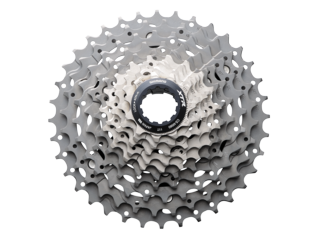
The 36-tooth big cog on my XTR test cassette probably resulted in at least a third fewer front shifts than I would make with a 3×9. On steeper pitches where I would normally want to drop into the small chainring, the 36 was just easy enough to let me stay in the middle chainring. Fewer front shifts means fewer distractions and fewer dropped or broken chains.
Also, since most mountain biking happens in the middle chainring, rear suspensions are often designed to work best in this chain position. So, theoretically, the middle is where you get the best suspension performance. Though 2×10 setups can be lighter, narrower, and mechanically simpler, they lose that natural position up front and thus require more frequent front shifts. Dyna-Sys breathes new life into the middle chainring of a triple. However, the triple is still plagued by cross-chaining issues that the milder chainlines of a true double avoid.
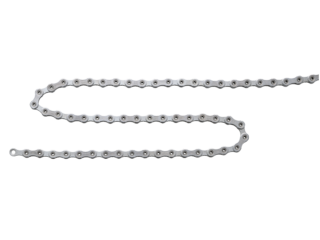
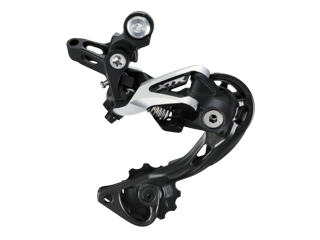
The shifters, too, are redesigned, with longer levers and dimpled surfaces for better control and grip. Fans of Shimano’s two-way shift levers and multiple-shift throws will be happy to know that both have carried over into the new group.
Brakes

Innovations include a lever-pivot that increases the leverage ratio for more bite at the end of the stroke, “Ice Tech” cooling fins on the brake pads to dissipate heat (brilliant), and three-layer rotors that have an aluminum core for further heat dissipation. The Race brakes wont have the variable-rate levers (called Servo Wave) or the Ice Tech pads, though the latter will be an after-market option.
Pedals


Wheels
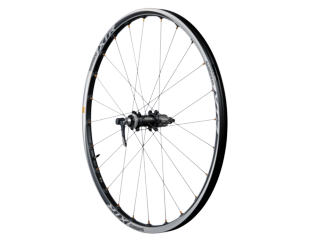
The XTR Trail wheels take the same scandium construction but boost rim width to 21mm inner and 26.4 outer to accommodate wider tires and offer bigger contact patches. 15QR front hubs will be standard, while the rear hubs will offer the option of more robust 12mm rear axle. Claimed weights will be a relatively hefty 1,679 grams pair pair with a traditional rear hub and 1,700 with the 12mm rear.
Both the Race and Trail components should be in stores in October, both on complete bikes and as after-market parts. Shimano couldn't give us pricing yet, except to say it would be in line with current XTR prices.
—John Bradley